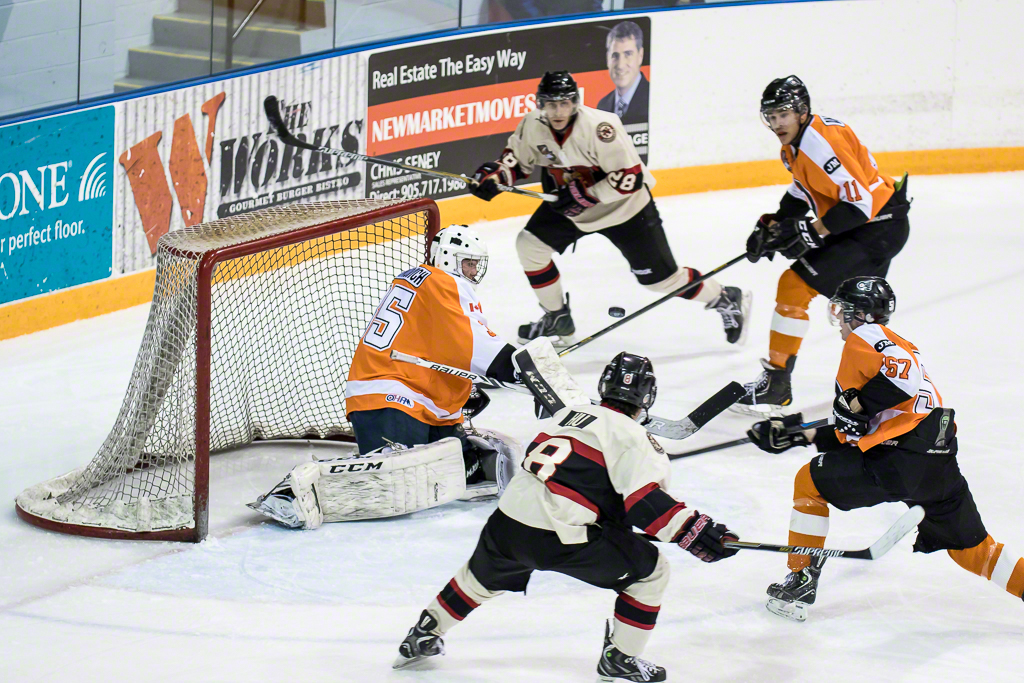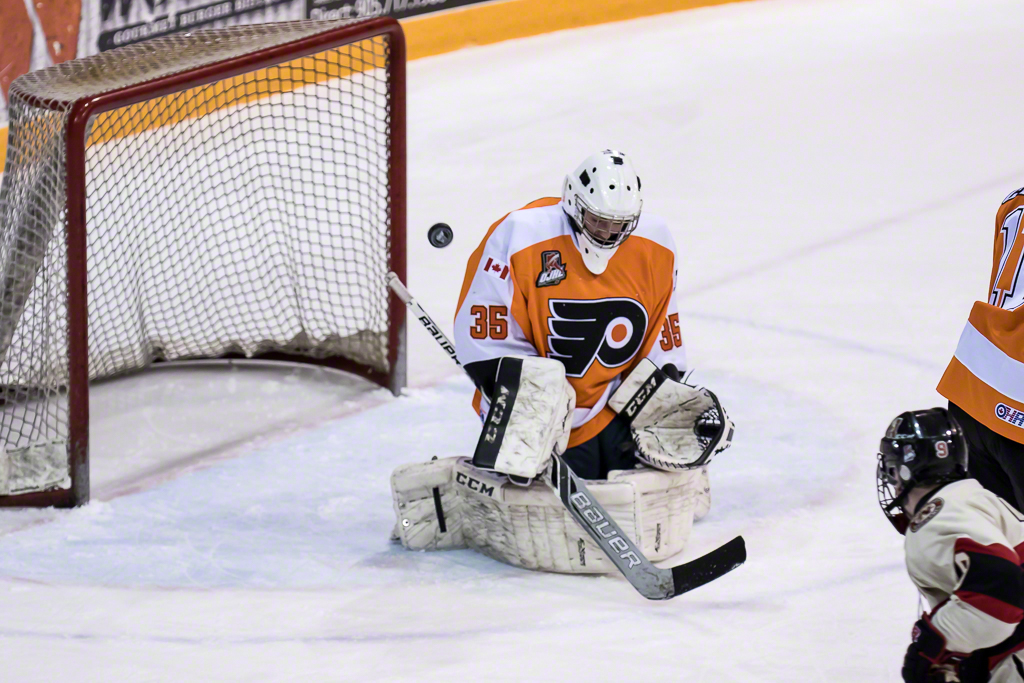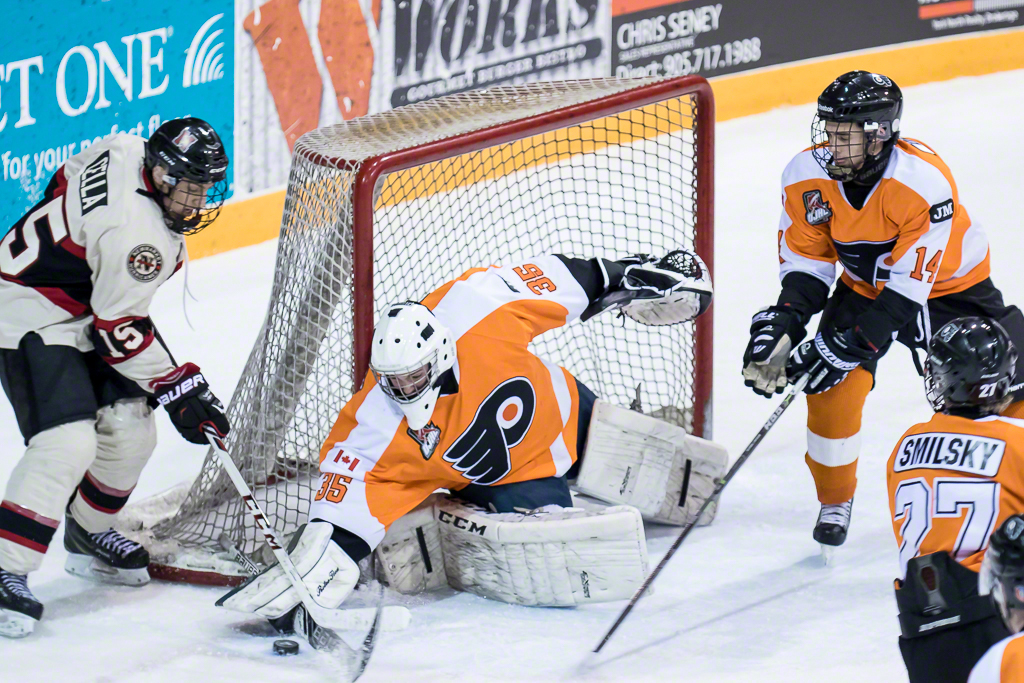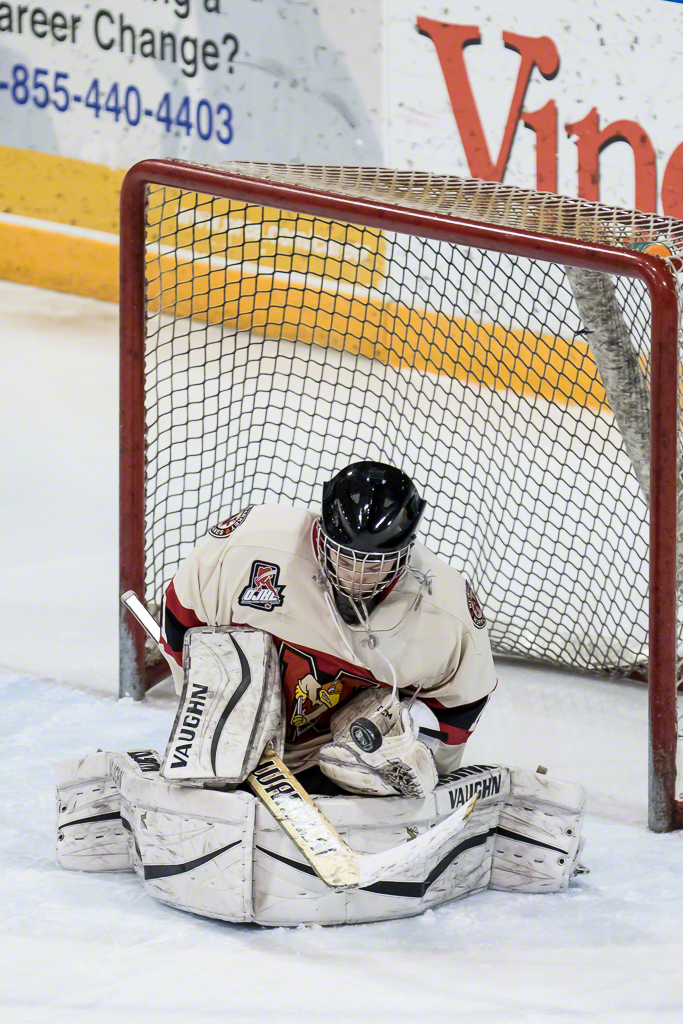New from Macphun - Snapselect
/The very nice folks at Macphun are announcing a new photo sorting application. Like all their software it is Mac only and like some of their software it is sold only the Apple App Store. It's on limited time sale for $14.99 and sadly you cannot buy it through my affiliate link, only through the App Store. So let's check out what it does and why it is sold the way it is.As you may be aware, Macphun was built by a bunch of really talented folks who had been originally at Nik Software before it was acquired by Google. Most of the really brilliant Nik apps and plugins were built involving the people now at Macphun. Macphun has three tiers of apps. The first tier is the seemingly bottomless pit of mobile device applications. We know that one of the drivers for Google to buy Nik was the amazing Snapseed. Well Macphun still does smartphone apps, specifically Color Strokes, FX Studio, Perfect Photo and Vintagio. They are very good smartphone installed apps. I don't cover that marketplace but you can read the reviews and the pricing is excellent.
The second tier is the consumer market, where the apps are sold only on the App Store. It is here that we find the first set of Mac OS X apps like Tonality, Colorstrokes, FX Photo Studio, Snapheal, Intensify, and Lost Photos. These are all standalone apps with good functionality at competitive standalone app prices. This is where Snapselect lives as well.
Lastly are the Pro apps, meant for the more serious photographer / editor. This is where we find the Pro versions of some of the consumer apps. They work standalone as well as as plugins to Lightroom and Photoshop. More features, tighter integrations, more demanding use cases.
Ok, Snapselect.
We've all been in the situation where we have hundreds or thousands of images to go through to cull out the keepers. The usual route has been to import them to Lightroom or copy all the files to disk and then go through them one by one using some method to select the junk and delete it right away and perhaps at the same time to do some ranking for future work using some other flag system. Pros have typically resorted to the brilliant and very expensive Photo Mechanic. Snapselect aims to do this at the consumer level. Now let's be clear that comparing Snapselect to Photo Mechanic is unfair to both offerings, they are not even in the same species.
With Snapselect you open all the images on the card or hard drive and go through them using a click metaphor to decide what you are going to keep or trash. Snapselect also uses algorithms to group duplicate or "like" images together, so if you shot 76 photos of the cougar at the zoo, it plunks them all together to make the sorting easier.
Once you've gleaned the images, you can move them to specific folders on your hard disk or push them directly to social media like Facebook, Twitter and Flickr.
The theory then is that you could then import the keepers into your photo management application from the folders and start to work on them. Snapselect reviews suggest that it works with Lightroom but doesn't really. I'm not surprised. A Snapselect Pro (which may appear) might do that more effectively but I really don't see this as an app for the sophisticated photographer / editor. Got a zillion images from your smartphone to sort through? That's the fit for Snapselect, or really any use case where you don't do serious photo management.
Research says it is 2-3 seconds per RAW image to render the previews to make the keep/delete decision. I can get that kind of performance out of Lightroom. I can also use the X key in Lightroom to flag a photo for deletion then quickly from the menu delete all so marked images. If I want blazing culling speed, I will use Photo Mechanic. Lightroom has improved render performance in the last couple of releases, and while it is nowhere near the speed of Photo Mechanic, delivers RAW performance akin to Snapselect, so if you are already a Lightroom user, why add more complexity?
So if you shoot mostly JPEGs and don't do any kind of automated photo management (meaning you manually build folder hierarchy on your drives), have a tendency not to cull and end up consuming storage, this app is for you. If you are already committed to a management application and know how to leverage its own culling process, this may be too simplistic and too hard to integrate into your workflow.
Good for Macphun continuing to build interesting software.















